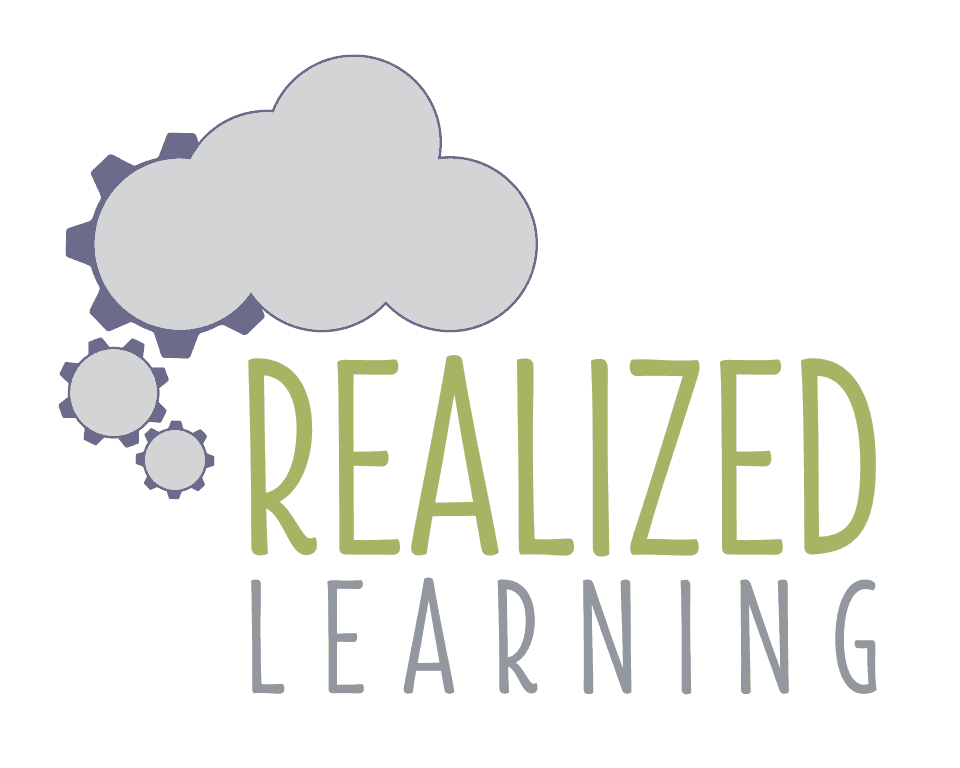Building Mental Math Fluency
Mental math fluency is one of the most important basic math skills a child needs. Finger counting, skip counting, and using pencil and paper are inefficient ways to do simple calculations. When your child is faced with a more complex math problem, such as long division, it can be distracting, tiring, and lead to errors if they have to constantly stop and figure out small calculations. Also, building strong mental math skills helps your child deepen their understanding of numbers and how they work together.
Fluency develops from strong number sense (how numbers work together) and practice with mental addition and subtraction. There are a few easy ways to accomplish this and your child can quickly learn to add and subtract sums in their head. From there, your child can then move on to master multiplication fluency with a strong foundation and confidence. Start with the basics of numbers that make 10 and doubles facts.
Make 10
Knowing which numbers combine to make 10 is a very useful skill. It translates to adding larger numbers too. For example, if your child knows that 4+6=10, then figuring out 54+6 is not so challenging. Using the skill of making 10, your child will understand how far away the next multiple of ten is from a starting number. So if you are at 54 and you know that 4+6 makes 10, you know the next multiple is 6 away. Your child can use this thinking to break a problem apart into simpler components. For example, if the problem is 54+8, you can think “I know that I can use 6 of the 8 to get to the next ten, which is 60. Then there are 2 left. 60+2 is easy! The answer is 62”.
Doubles
If you know your doubles facts, you can quickly and easily solve pretty much any simple math problem. Work first with your child on memorizing doubles facts (1+1, 2+2, 3+3, 4+4, and so on). Then from there, you can practice addition problems similar to doubles facts, such as problems in which one of the addends is one more or one less that the other. Point out that the problem 3+4 is similar to 3+3. If 4 is only one more than 3, then the answer will be one more than the doubles fact 3+3.
3+3=6
3+4=7
This works for 3+2 as well. Once you know how to do this, you can move onto facts where the addends are two away from each other, such as 3+5. The idea is to make a connection with a math fact you do know, and work from there. Once your child practices this enough, they will start to see the connections and patterns and their math fluency will grow.
Making It Happen
I have found that the best way to build mental math fluency in these two areas is using flashcards and games. Another great tool for visual learners and hands-on learners is Cuisenaire rods. These simple colored blocks are useful in showing number relationships. The kit comes with a booklet detailing many activities for higher order math as well.
Games and flashcards make rote memorization fun and challenging in an exciting way. Your flashcards should feature the “make 10” or doubles fact on one side and the answer on the other. For example 6+__=10 is on the front, and 4 is on the back. You’ll want to have the fact in the opposite order as well on another card: 4+__=10. You can make flashcards for problems similar to doubles facts as your child progresses, such as 4+5, or 4+3. Practicing flashcards daily is the best way to become fast and fluent.
Some great, simple games to play include Go Fish and the Memory Game. With Go Fish you can change what makes a “pair” to numbers that make 10 (take out the face cards), or you can play it so that a pair is a double fact with one addend 1 more than the other (4 and 3 could be a pair, or 4 and 5 could be a pair). Have your child say that fact and the answer when they make the pair.
For the Memory Game, you can have the problem on one card and the answer on another. For example, if you’re doing all doubles facts, have all the facts (1+1, 2+2, 3+3, etc.) on cards and put the answers on separate cards. Place all the cards face down on the table. Players take turns flipping over two cards and trying to match the problem with its answer.
There are plenty of ways to get creative with math fluency. Think about your child’s learning style and interests and brainstorm some creative ideas to modify these activities or create your own! If your child is an artist, for example, let them make the flashcards colorful or interesting if it will help them remember better. If your child is struggling to develop mental math fluency despite your best efforts and you suspect there may be some learning challenges present, contact me to set up an assessment and get your child on the path to success!
